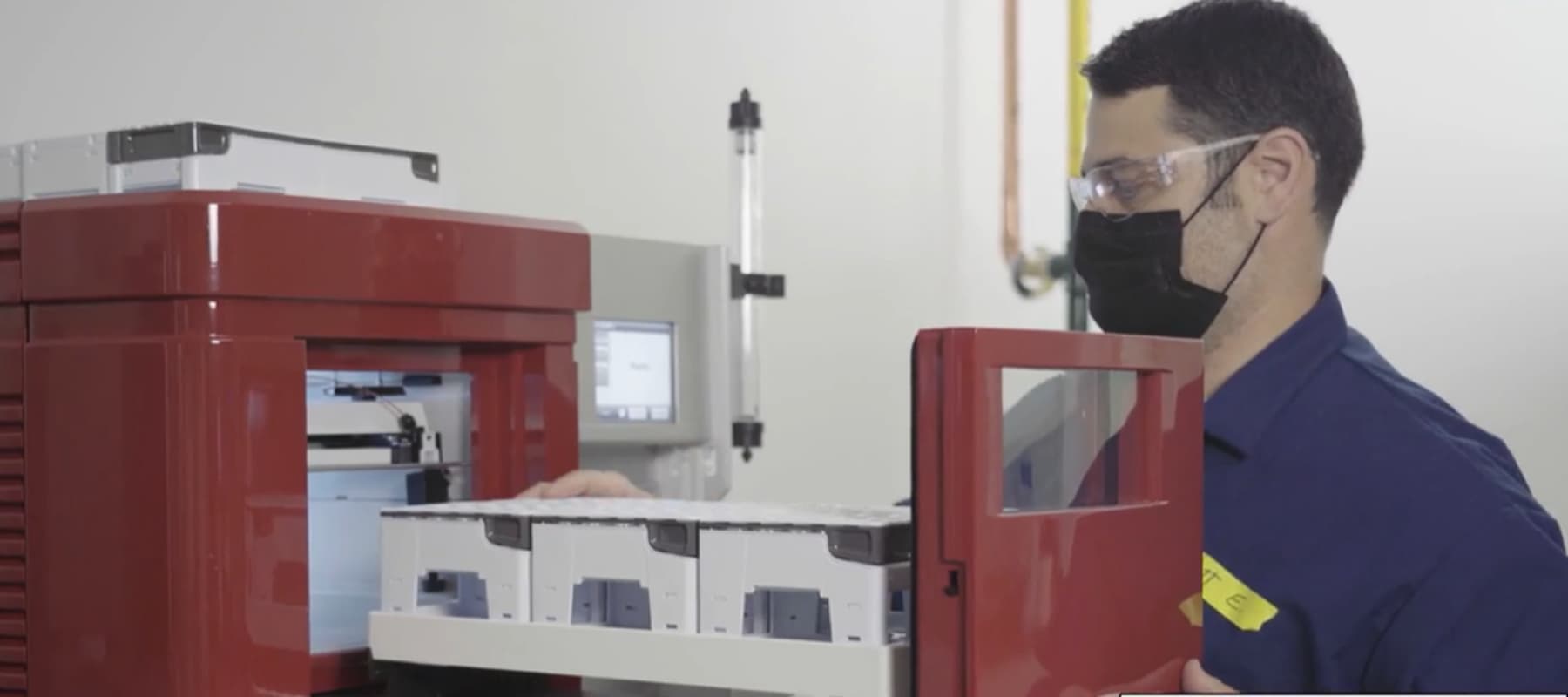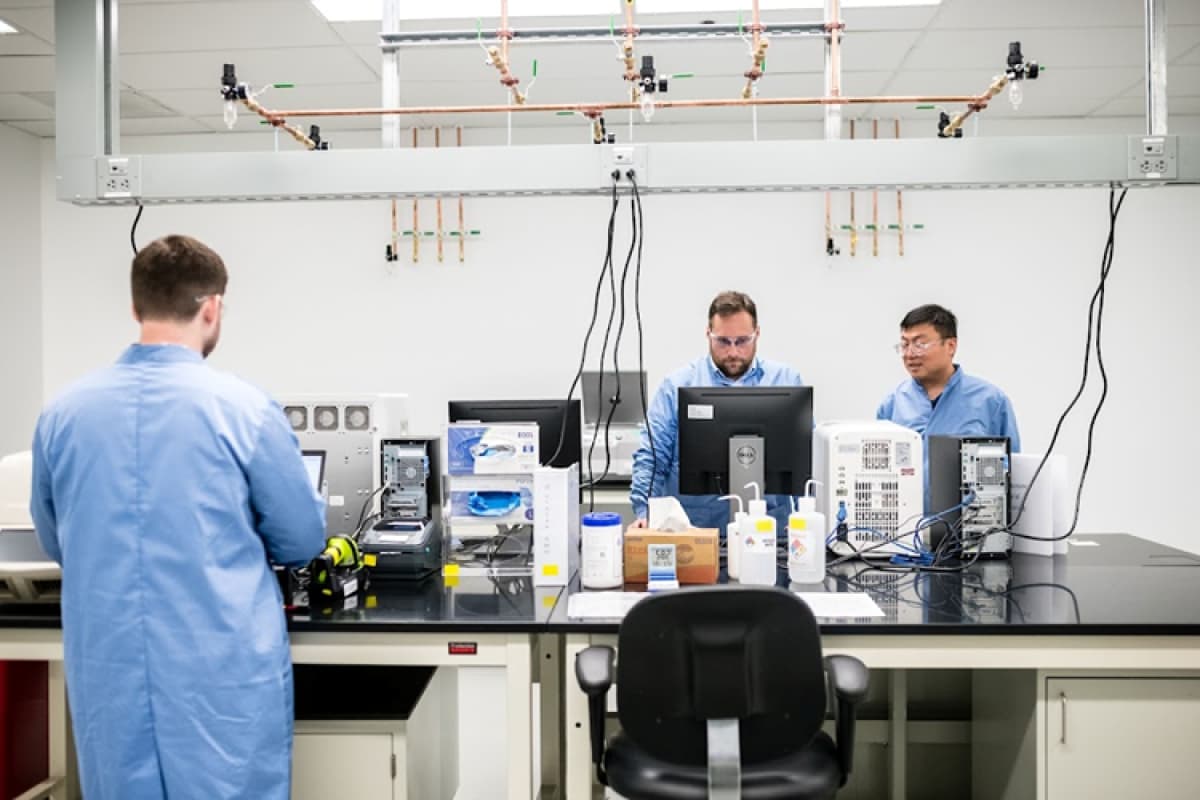
Process Platforms vs. Custom Process Development for AAVs and Gene Therapies
Gene therapies hold huge promise for patients with a range of monogenic diseases and unmet medical needs. However, they’ve had their fair share of safety concerns – dosing and delivery have been the sources of recent setbacks. Efficient, scalable, and cost-effective manufacturing is another hurdle the industry needs to overcome before commercially viable therapies can be licensed. AAV technology advances are also needed to address yield, material costs, and cycle times in a bid to bring down COGS and ultimately increase financial accessibility by global patient populations.
There is also a cash crunch echoing through the gene therapy industry with layoffs and company closures affecting many promising late-stage advanced therapies from commercializing. This appears to be the sharp end of a wider industry trend; the hype bubble has burst, and the promise of steady, high-valuation cash influxes has gone.
To address issues of cost, time to market and manufacturing complexity, many developers have turned to turnkey manufacturing platforms. The question is whether these platforms provide the right solution for successful CMC development. Use of platforms has come full circle – 5-10 years ago many developers were manufacturing their viral vectors at academic vector core centers. This led to academic processes that were not scalable or suitable for commercial GMP manufacturing, resulting in a big shift for biotech to develop processes that they own and control.
Process Platform vs. Custom Development
There is a current resurgence in process platforms that offer a plug-and-play approach to manufacturing AAVs. They are increasingly available and not just from academic centers; larger commercial entities are now offering turnkey platforms as part of their suite of manufacturing and development services. These platforms do present an attractive solution for early-stage assets, especially when striving to be first-in-clinic; they can shorten process development timelines and reduce costs at a time where investment in early assets needs to be tightly controlled.
However, there is a balance of risk at play in the decision to implement a process platform vs. developing a custom one. While process platforms promise speed to clinic up front, there remains risk in process performance and robustness, and, further down the line, with clinical development and commercialization. There is a reduced ability to customize with a turnkey platform and it might not result in the best process for your product. For those developers who have long-term plans to commercialize and achieve regulatory approval, it is disadvantageous to step away from owning and understanding their process. It is also important to note that the value of a company is also intrinsically linked to its process as well as its product assets.
While a custom process may require time upfront for development, it will likely mitigate many risks downstream. Process platforms present challenges for late-stage manufacturing and their use may require process changes later down the line with serious implications for the time, cost, and successful demonstration of comparability to the satisfaction of regulatory authorities.

Mitigating process control risks
One of the most crucial factors to consider is whether the platform technology can be purchased, licensed or sub-licensed in the event you want to move manufacturing in house or to another CDMO. In many cases, there is no licensing option, therefore, if you move away from the CDMO and their platform technology, it is not possible to continue using that process. Moreover, there may be no access to critical process information and the control strategy; no production or purification parameters, no formulation information etc. so all control may be given up when using process platform solutions.
It is vital to be able to ask the right questions of your CDMO before entering into an agreement involving a process platform. For example:
-
- – Is the process platform available to purchase or license?
-
- – What is the licensing or sub licensing fee structure?
-
- – Will you provide information on process controls, production and purification parameters?
-
- – What is the control strategy?
-
- – Will I be able to continue to use proprietary materials?
-
- – Will I have access to the analytical methods?
Furthermore, it is essential for the sponsor to decide how much control they need to understand the process, material, equipment, and analytical relationships that ultimately inform the control strategy and ensure product quality. Without this knowledge, a high level of risk is assumed when entering the clinic or interacting with regulators.
It all comes down to how much control you are willing to give up and how you plan to develop and manage the lifecycle of your product.
Offsetting time and cost of custom development
At the Center for Breakthrough Medicines (CBM) we believe that it is possible to achieve the same cost and time saving advantages of a platform process with a custom approach by taking established technologies and building a team and partnerships that have the skills to optimize for successful commercialization.
‘Platform process’ is a something of a misnomer because there isn’t a true turnkey process, some level of development will be needed based on your product, for example, if your capsid starts aggregating, formulation development will be needed. In comparison, when building a custom process, the same areas are addressed, but it also allows for process development with built-in flexibility.
Considering the cost and time saving benefits of a process platform, it’s important to consider how much can be saved, as the cost of the custom approach is a fraction of the overall manufacturing costs. The cost saving is less than 15% of overall CMC costs and time saving is up to four months. Is this level of cost-saving worth the loss of control and future risks?
More importantly, there are ways to offset these incremental cost and time increases. The aim is to make meaningful investments in process development, while still maintaining an acceptable timeline. In some instances, development is not always the bottleneck to filing an IND (for example preclinical toxicology studies can often be the limiting step). So, by implementing a strategic development plan upfront you can make the best use of your time and offset the additional time needed to customize your process development at the outset.